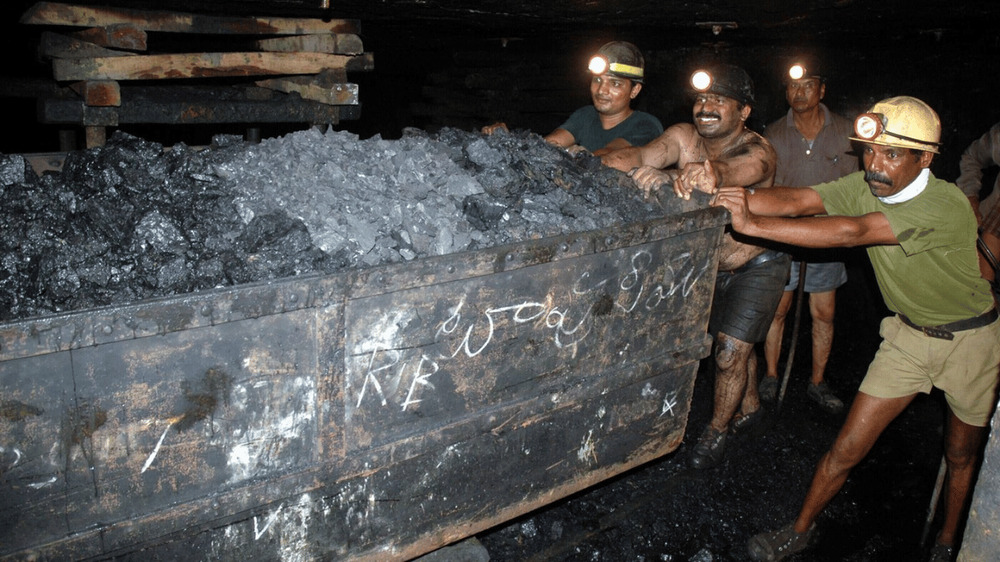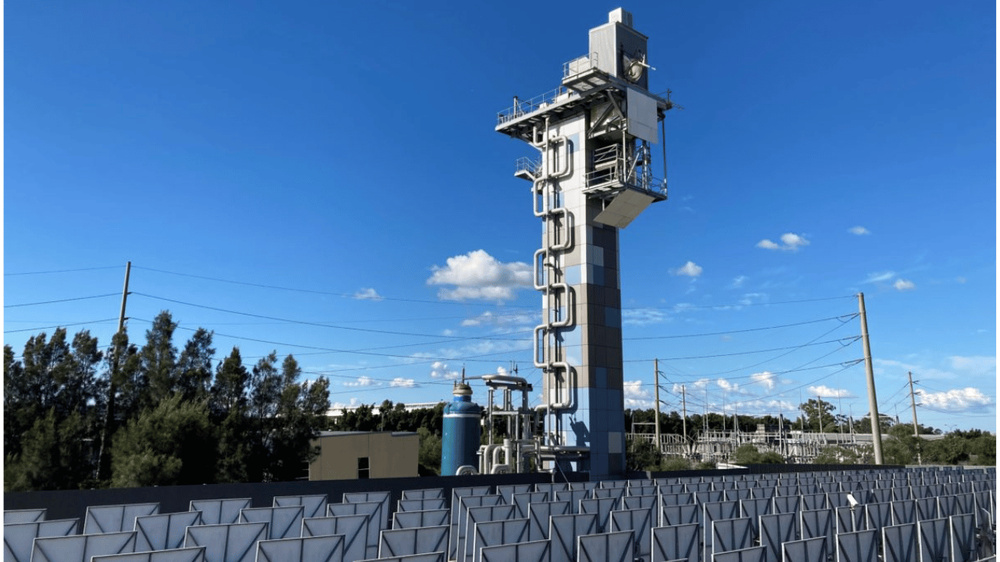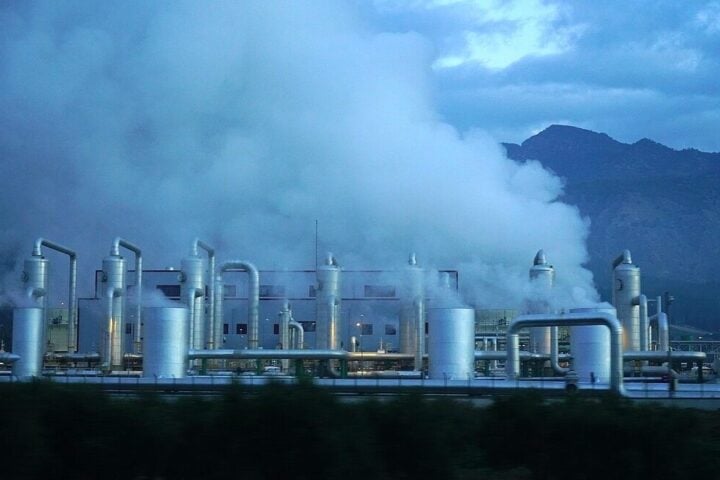India is stepping up its operations in the coal sector, aiming to triple its underground coal production by 2030. This bold move, outlined by India’s Coal Ministry, is part of a strategic plan to cease coal imports by 2025-2026. Coal Minister Pralhad Joshi emphasized this during the recent auction of 39 mines, highlighting the crucial role of coal in India’s economic growth.
Amrit Lal Meena, a senior official in the ministry, shared that this shift to underground mining, a method not heavily utilized in recent years due to higher costs and risks, will minimize land disturbance and degradation. Despite its higher expenses and risks, India is betting on underground mining to meet its surging power and industrial needs.
This decision comes at a time when coal’s future is a hot topic at international climate summits, like the upcoming COP28 in Dubai. Coal is still a major player in India’s energy mix, powering about 70% of its electricity.
In just October, India saw an 18.59% increase in coal production compared to last year, according to ministry data. From April to October 2023/2024, coal production rose by 13.05% year-on-year, reaching 507 million tons.
Similar Posts
The ministry is committed to continuous coal production and distribution, ensuring a reliable energy supply for the nation’s development. This includes plans to scale up production from underground mines to 100 million tons by 2030, offsetting depletion in opencast mines and phasing out imports.
India, the world’s second-largest coal producer after China, currently extracts 95% of its coal from opencast mines. However, the push to expand underground mining is driven by the need for new coal sources to meet the rising energy demand in the world’s most populous country.
As India aims to phase down coal use, it continues to rely on it heavily due to the lack of major advancements in renewable technologies like battery storage. The country’s reliance on coal has been a contentious point in global climate negotiations.
The ministry’s strategy includes auctioning new blocks, accelerating environmental clearance, and rolling out incentives for foreign investment and domestic equipment manufacturing. These steps are part of a larger reform effort to ensure the coal sector’s rapid growth and meet the country’s growing energy demand.


















